-
 Univers
Univers
-
 Ebooks
Ebooks
-
 Livres audio
Livres audio
-
 Presse
Presse
-
 Podcasts
Podcasts
-
 BD
BD
-
 Documents
Documents
-
- Cours
- Révisions
- Ressources pédagogiques
- Sciences de l’éducation
- Manuels scolaires
- Langues
- Travaux de classe
- Annales de BEP
- Etudes supérieures
- Maternelle et primaire
- Fiches de lecture
- Orientation scolaire
- Méthodologie
- Corrigés de devoir
- Annales d’examens et concours
- Annales du bac
- Annales du brevet
- Rapports de stage
La lecture à portée de main
Thermodynamics and Phase Transformations , livre ebook
522
pages
English
Ebooks
2006
Écrit par
caroline
Publié par
EDP Sciences
Obtenez un accès à la bibliothèque pour le consulter en ligne En savoir plus
Découvre YouScribe en t'inscrivant gratuitement
Découvre YouScribe en t'inscrivant gratuitement
522
pages
English
Ebook
2006
Obtenez un accès à la bibliothèque pour le consulter en ligne En savoir plus
Publié par
Date de parution
01 septembre 2006
Nombre de lectures
0
EAN13
9782759802470
Langue
English
Poids de l'ouvrage
54 Mo
For more than a half-century, Mats Hillert has contributed greatly to the Science of Materials. He is widely known and respected as an innovator and educator, a scientist with an enormous breadth of interest and depth of insight. The difficult choice of twenty-four papers from a publication list of more than three hundred was carried out in consultation with him. He also suggested or approved names of those scientists who would be invited to write brief introductions to each of the papers.
A brief reading of the topics of the selected papers and their introductions reveals something of their range and depth. Several early selections - including internal reports of the Swedish Institute for Metal Research, published here in their original shape - contained seminal material that established Mats as a leading figure in the study of phase transformations in solids. Others established his presence in the areas of solidification and computational thermodynamics.
This volume represents a judicious sampling only of Mats Hillert's extensive body of work; it is necessarily incomplete, but it is hoped and expected that it will prove useful to students of Material Science and Engineering at all levels, and that it will inspire the further study and appreciation of his many contributions.
Publié par
Date de parution
01 septembre 2006
Nombre de lectures
0
EAN13
9782759802470
Langue
English
Poids de l'ouvrage
54 Mo
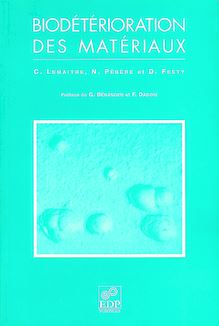
Ebooks
Biodétérioration des matériaux
Christian Lemaître, Nadine Pebere, Dominique Festy

Ebooks
Techniques
Biodétérioration des matériaux
Christian Lemaître, Nadine Pebere, Dominique Festy
321 pages
Français
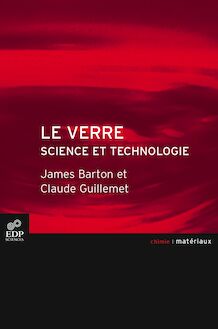
Ebooks
Le verre
James Barton, Claude Guillemet

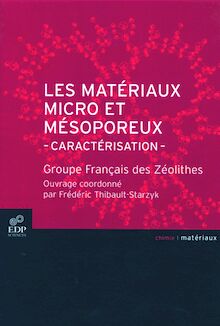
Ebooks
Matériaux micro et mésoporeux
Frederic Thibaud-Starzyk (dir)

Ebooks
Techniques
Matériaux micro et mésoporeux
Frederic Thibaud-Starzyk (dir)
308 pages
Français
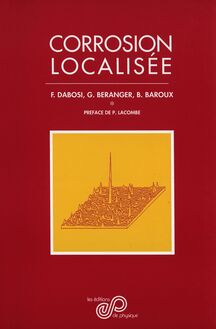
Ebooks
Corrosion localisée
Francis Dabosi, Gérard Béranger, Bernard Baroux

Ebooks
Techniques
Corrosion localisée
Francis Dabosi, Gérard Béranger, Bernard Baroux
712 pages
Français
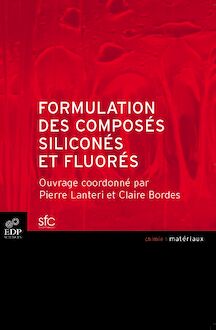
Ebooks
Formulation des composés siliconés et fluorés
Pierre Lanteri, Claire Bordes

Ebooks
Techniques
Formulation des composés siliconés et fluorés
Pierre Lanteri, Claire Bordes
219 pages
Français

Ebooks
Les zéolithes
Michel Guisnet, Fernando Ramôa

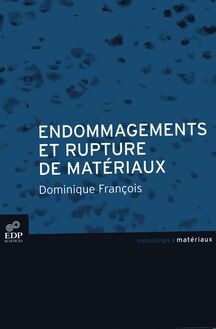
Ebooks
Endommagement et rupture des matériaux
François Dominique

Ebooks
Techniques
Endommagement et rupture des matériaux
François Dominique
256 pages
Français

Ebooks
Polymères en ambiance nucléaire
Ludmila Audouin, Xavier Colin, Bruno Fayolle, Emmanuel Richaud, Jacques Verdu

Ebooks
Sciences formelles
Polymères en ambiance nucléaire
Ludmila Audouin, Xavier Colin, Bruno Fayolle, Emmanuel Richaud, Jacques Verdu
159 pages
Français
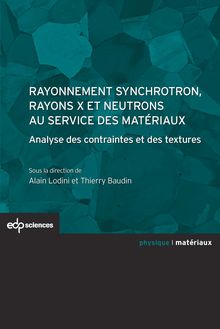
Ebooks
Rayonnement synchrotron, rayons X et neutrons au service des matériaux
Alain Lodini et Thierry Baudin

Ebooks
Sciences formelles
Rayonnement synchrotron, rayons X et neutrons au service des matériaux
Alain Lodini et Thierry Baudin
693 pages
Français
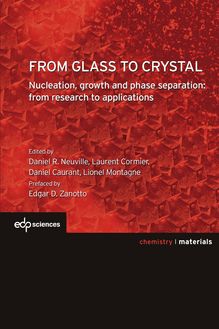
Ebooks
From glass to crystal
Daniel R. Neuville, Laurent Cornier, Daniel Caurant, Lionel Montagne

Ebooks
Techniques
From glass to crystal
Daniel R. Neuville, Laurent Cornier, Daniel Caurant, Lionel Montagne
665 pages
English
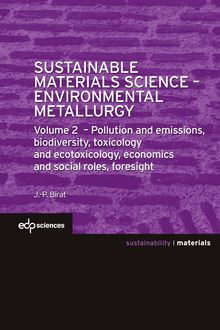
Ebooks
Sustainable Materials Science - Environmental Metallurgy
Jean-Pierre Birat

Ebooks
Sciences formelles
Sustainable Materials Science - Environmental Metallurgy
Jean-Pierre Birat
680 pages
English
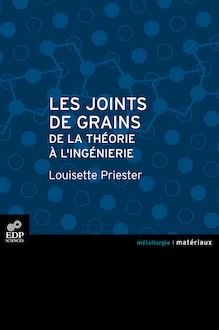
Ebooks
Les joints de grains
Louisette Priester


Ebooks
La microstructure des aciers et des fontes
Madeleine Durand-Charre

Ebooks
Sciences formelles
La microstructure des aciers et des fontes
Madeleine Durand-Charre
440 pages
Français
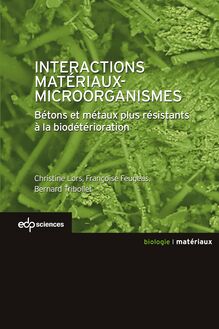
Ebooks
Interactions Matériaux-Microorganismes
Christine Lors, Françoise Feugeas, Bernard Tribollet

Ebooks
Sciences formelles
Interactions Matériaux-Microorganismes
Christine Lors, Françoise Feugeas, Bernard Tribollet
431 pages
Français
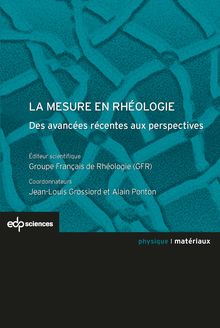
Ebooks
La mesure en rhéologie

-
 Univers
Univers
-
 Ebooks
Ebooks
-
 Livres audio
Livres audio
-
 Presse
Presse
-
 Podcasts
Podcasts
-
 BD
BD
-
 Documents
Documents
-
Jeunesse
-
Littérature
-
Ressources professionnelles
-
Santé et bien-être
-
Savoirs
-
Education
-
Loisirs et hobbies
-
Art, musique et cinéma
-
Actualité et débat de société
-
Jeunesse
-
Littérature
-
Ressources professionnelles
-
Santé et bien-être
-
Savoirs
-
Education
-
Loisirs et hobbies
-
Art, musique et cinéma
-
Actualité et débat de société
-
Actualités
-
Lifestyle
-
Presse jeunesse
-
Presse professionnelle
-
Pratique
-
Presse sportive
-
Presse internationale
-
Culture & Médias
-
Action et Aventures
-
Science-fiction et Fantasy
-
Société
-
Jeunesse
-
Littérature
-
Ressources professionnelles
-
Santé et bien-être
-
Savoirs
-
Education
-
Loisirs et hobbies
-
Art, musique et cinéma
-
Actualité et débat de société
- Cours
- Révisions
- Ressources pédagogiques
- Sciences de l’éducation
- Manuels scolaires
- Langues
- Travaux de classe
- Annales de BEP
- Etudes supérieures
- Maternelle et primaire
- Fiches de lecture
- Orientation scolaire
- Méthodologie
- Corrigés de devoir
- Annales d’examens et concours
- Annales du bac
- Annales du brevet
- Rapports de stage





